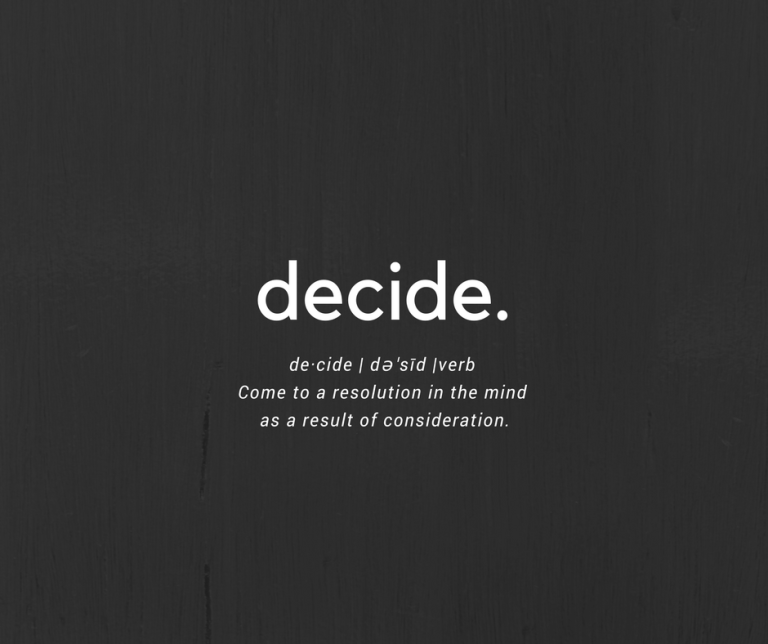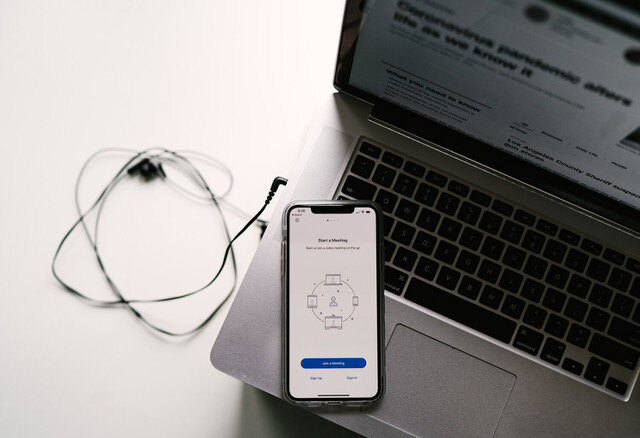If you are reading this, you likely subscribe to the Deep Health Evolution pillars of health - movement, nutrition, sleep, stress management and community. You have likely worked to maintain your gut health, are conscious of what you eat, how often you move and how varied that movement is, and are deeply protective of your sleep.
But what about cellular health, our mitochondrial health? Our bodies are composed of cells. If at the deepest level cells are not functioning optimally, it makes sense that all downstream processes are affected as well. As we age, our cellular health begins to break down. We now know why this happens and how we are able to influence the progression of aging. Cellular health could be THE thing you have not yet addressed that could be the secret to slowing down the aging process.
First, let’s talk about aging. There is a tiny molecule called NAD+ in every single cell in our bodies. It is a co-enzyme responsible for countless functions and without it, we would be dead in 30 seconds. In the cells, NAD+ signals maintenance and repair pathways, including DNA repair and inflammation. NAD+ is also really important with regards to aging. When we are young, our levels of NAD+ are high and as we age, these levels decline exponentially.
What causes NAD+ to decline as we age? The process involved with NAD+ is quite complicated and we are not going to get into the nitty-gritty science right now. Let’s just say that as we get older, not only do we have much more cellular damage to deal with and need more NAD+, but we are also not able to recycle NAD+ as we were able to when we were young.
You may be thinking to yourself, great, now I know why I don’t have the energy I once had and I can’t keep up with my younger teammates (etc) - what can I do about it?
Luckily, there are several strategies and interventions, both ancient and new available to us today.
Fasting. One form or another of fasting, or periods of not eating, has been around for ages. We’ve written about intermittent fasting (IF) extensively here and here. The most common IF protocols being the 16/8 (compressing feeding windows to 8 hours a day and refraining from eating for 16 hours) and the 5/2 (eating normally 5 days a week, and cutting calories down by 25% 2 days a week). Studies show that practicing IF can improve cholesterol, reduce insulin resistance and lower high blood pressure. Fasting can also increase levels of NAD+ because it a form of cellular stress that puts cells on alert to produce more energy, thereby leading to increased levels of NAD+.
Exercise. Another reason to keep your body moving. Exercise is one of the easiest ways to boost NAD+ levels naturally.
IV Injections. NAD+ IV injections are also becoming more readily available at IV clinics and doctor’s offices. While injections do not work to repair older, damaged cells, people reportedly feel an infusion of energy with these injections.
Supplementation. There are several NAD+ precursor supplements in the market. The one we believe in and have been using for several months is called Nuchido Time +. There are many reasons for our choice. It is a new generation of scientific anti-aging supplement that boosts NAD+ by 242% on average, four times more than any other product. It is also the only supplement that looks at the human body a whole. Studies have shown that it is not the lack of raw materials in the cells causing the decline of NAD+ in the cells. It actually declines because as we get older, our cells becomes less efficient at making NAD+ and also recycling NAD+. Rather than simply supplementing with raw materials, Nuchido Time + addresses the root causes for this decline. Here is an example to clarify their approach. Consider a broken down shoe factory. Delivering leather (raw materials) to a factory in which all the machinery (the cell) is broken will do nothing to help with the production of shoes. However, if the machinery is fixed AND leather is delivered - that factory is back in business.
Our passion for deep health and wellness lies in our desire for a better life - not only a longer one, but joyful one that filled with vitality. NAD+ and its effects on cellular health could be the thing that will draw us closer to this.
If you’d like to learn more about NAD+ or Nuchido Time+, send us an email. If you’d like to try Nuchido Time+ for yourself, HERE is a discount 15% code).





























